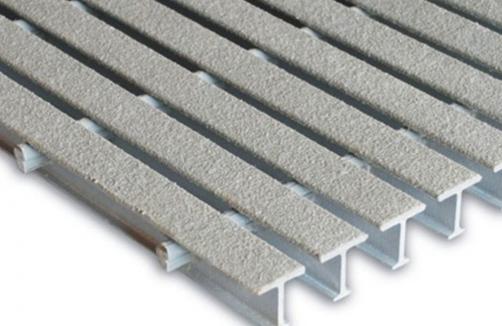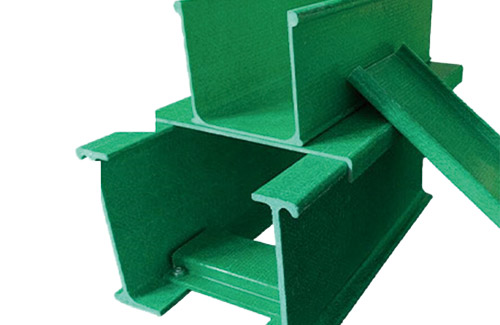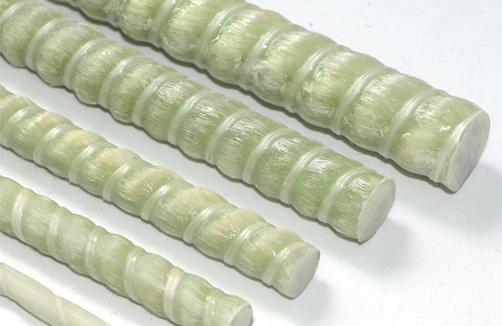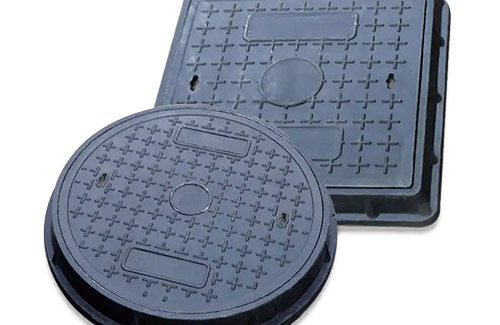Fiber-reinforced polymer (FRP) profiles have emerged as a game-changing material in various industries, particularly in applications where resilience and durability under extreme conditions are paramount. From searing heat to freezing cold, corrosive environments to high mechanical stress, FRP profiles demonstrate exceptional performance characteristics that outshine traditional construction materials like steel and concrete. This article delves into the mechanisms that enable FRP profiles to withstand and excel in challenging environments, exploring their unique properties and real-world applications.
Understanding the Composition of FRP Profiles
FRP profiles are composite materials, primarily composed of a polymer matrix reinforced with strong fibers, such as glass, carbon, or aramid. The fibers provide the bulk of the strength and stiffness, while the polymer binds them together and distributes loads evenly. This synergy results in a material that is not only lightweight but also incredibly strong and resistant to various forms of stress and environmental aggression.
Resistance to Corrosion and Chemical Attack
One of the most notable features of FRP profiles is their inherent resistance to corrosion. Unlike metals, which rust or corrode when exposed to moisture, saltwater, or aggressive chemicals, FRP profiles maintain their integrity even in the harshest chemical environments. This property makes them ideal for structures in coastal regions, where salt spray can rapidly deteriorate metal components, or in industrial settings where exposure to acidic or alkaline substances is common. By using FRP for components such as piping, tank linings, and structural supports, industries can significantly reduce maintenance costs and extend the lifespan of their assets.
Thermal Stability in Extreme Temperatures
FRP profiles exhibit remarkable thermal stability, maintaining their structural integrity across a wide range of temperatures. Glass fiber reinforced polymers, for example, can operate within a temperature range of -60°C to 200°C without significant loss of properties. This thermal resilience enables FRP to be used in applications where temperature fluctuations are extreme, such as in oil and gas pipelines, where temperatures can reach extremes during both operation and idle periods, or in aerospace components subjected to temperature variations during flight.
Load-Bearing Capacity and Impact Resistance
Despite their light weight, FRP profiles can bear significant loads, making them suitable for structures that must withstand high mechanical stresses. The high strength-to-weight ratio of FRP means it can support loads comparable to steel at a fraction of the weight, reducing the overall load on supporting structures. Furthermore, certain FRP formulations can be tailored to provide enhanced impact resistance, protecting critical infrastructure from accidental impacts or intentional vandalism. This combination of strength and toughness makes FRP profiles a preferred choice for bridge decks, guardrails, and blast-resistant structures.
Fire Retardancy and Smoke Suppression
While standard FRP may not inherently resist fire, advancements in formulation allow for the production of fire-retardant grades that can slow down flame spread, reduce smoke emission, and prevent the release of toxic gases. These specialized FRP profiles are designed to meet stringent fire safety standards, making them suitable for applications where fire safety is a critical concern, such as in public buildings, tunnels, and offshore platforms. The inclusion of intumescent coatings or additives can create a protective char layer when exposed to heat, insulating the underlying material and preventing combustion.
UV Resistance and Weatherability
Outdoor installations demand materials that can withstand prolonged exposure to sunlight, rain, and temperature changes without deteriorating. FRP profiles, especially those with UV-resistant coatings or additives, excel in these conditions. The polymer matrix can be formulated to absorb or reflect harmful UV rays, preventing degradation that could otherwise weaken the material over time. This property ensures that FRP structures like signage, architectural facades, and outdoor furniture maintain their aesthetic appeal and functionality for extended periods.
Real-World Applications Highlighting FRP's Resilience
- Offshore Oil & Gas Platforms: FRP grating and handrails resist corrosion from saltwater and harsh weather, ensuring worker safety and reducing maintenance needs.
- Bridge Infrastructure: Lightweight yet strong FRP decks and beams enable rapid construction and minimize load on existing substructures, while their corrosion resistance extends bridge lifespans.
- Chemical Processing Plants: FRP piping and tanks resist chemical corrosion, maintaining integrity in environments where metal alternatives would quickly fail.
- Renewable Energy: Wind turbine blades and solar panel frames made from FRP can withstand high winds, UV radiation, and wide temperature swings without compromising performance.
Conclusion
FRP profiles have proven themselves as a versatile and robust solution for applications that demand performance under extreme conditions. Their resistance to corrosion, thermal stability, load-bearing capabilities, impact resistance, fire retardancy, and weatherability make them a compelling alternative to traditional materials. As technology advances and the understanding of composite materials deepens, the potential uses for FRP profiles in challenging environments will only continue to expand, solidifying their position as a cornerstone of resilient infrastructure and advanced manufacturing.








